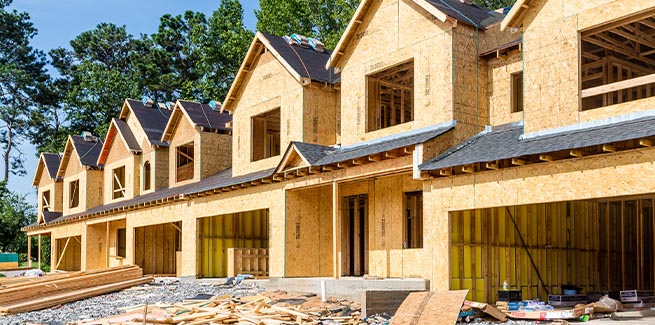Everybody’s Home has filed its pre-budget submission to the federal government, with the national campaign to end homelessness calling for further action towards housing supply and affordability.
The submission, titled Budget Position Paper, includes a handful of recommendations that Everybody’s Home states will alleviate the impact of Australia’s housing crisis, including the construction of at least 25,000 social housing properties nationwide every year.
The body’s recommendations also include the development of a National Housing Strategy and National Homelessness Strategy; increasing the maximum rate of Commonwealth Rent Assistance (CRA) by at least 50 per cent; the introduction of greater tenant rights; and the creation of a body similar to the now-abolished National Housing Supply Council.
Equally, the submission states that greater investment into social housing would provide social benefits – such as productivity, mental health, and a greater capacity to respond to homelessness – alongside economic benefits.
As one example, Everybody’s Home has claimed that, from constructing 25,000 homes per year, $12.9 billion would be generated while also creating 15,700 jobs.
This economic impact is further highlighted in Everybody’s Home’s claim that the failure to further invest in social housing creates economic loss.
Citing Swinburne University’s Christian Nygaard’s National Program for Construction of Social and Affordable Rental Housing, the report states: “The cost of foregone public sector cost offsets and private sector benefits are estimated at $676.5 million per annum currently, rising to $1.286 billion per annum (nominal, undiscounted) in 2036 if the projected housing shortfall is not met.”
The submission further highlights a need for greater investment in housing from the federal government, noting SQM Research that suggests, in the 12 months to January this year, the average asking rent on a three-bedroom home increased by 13.5 per cent, while the purchase price boomed by 20.2 per cent.
It also states that federal funding for social and Indigenous housing in 2013-14 was over $2 billion, but is currently only budgeted at $1.6 billion for 2023-24, and that between 1994 and now, the percentage of social housing against all housing dropped from 6 per cent to 4 per cent.
Everybody’s Home national spokesperson Kate Colvin said: “A secure home is the foundation for stability and security. It means you can look after your health, tend to your family, join the workforce and contribute to society.
“Without a home, none of these things are possible. As our leaders put the final touches on the budget, they need to be aware of the full benefit of social housing as well as the deep human cost of not providing people with a home.”
Ms Colvin later added: “Australia’s common prosperity is best served by a housing system that gives people on low and modest incomes genuine choice and provides them with security and stability.
“The increasingly brutal financial contest for housing is simply indecent. We can do better.”
Everybody’s Home’s submission follows the Real Estate Institute of Australia and the Housing Industry Association filing their own pre-budget recommendations earlier this month, with both bodies calling for extensions to the First Home Loan Deposit Scheme.
However, it also comes following recent reports that raise further concerns regarding housing affordability in the country.
Data published by Domain late last month states that the median price for a house in an Australian capital city is now over $1 million.
Around roughly the same time this data was released, figures released from the Productivity Commission stated that almost half of Australians receiving CRA were spending at least 30 per cent of their income on rent.
A report published by CoreLogic earlier this year also noted that, over 2021, the value of Australian housing grew, on average, by 22.1 per cent, with those capital cities reporting an average growth of 21 per cent.
By comparison, property prices in regional areas rose by 25.9 per cent.
[Related: Nearly half of CRA recipients in housing stress]
